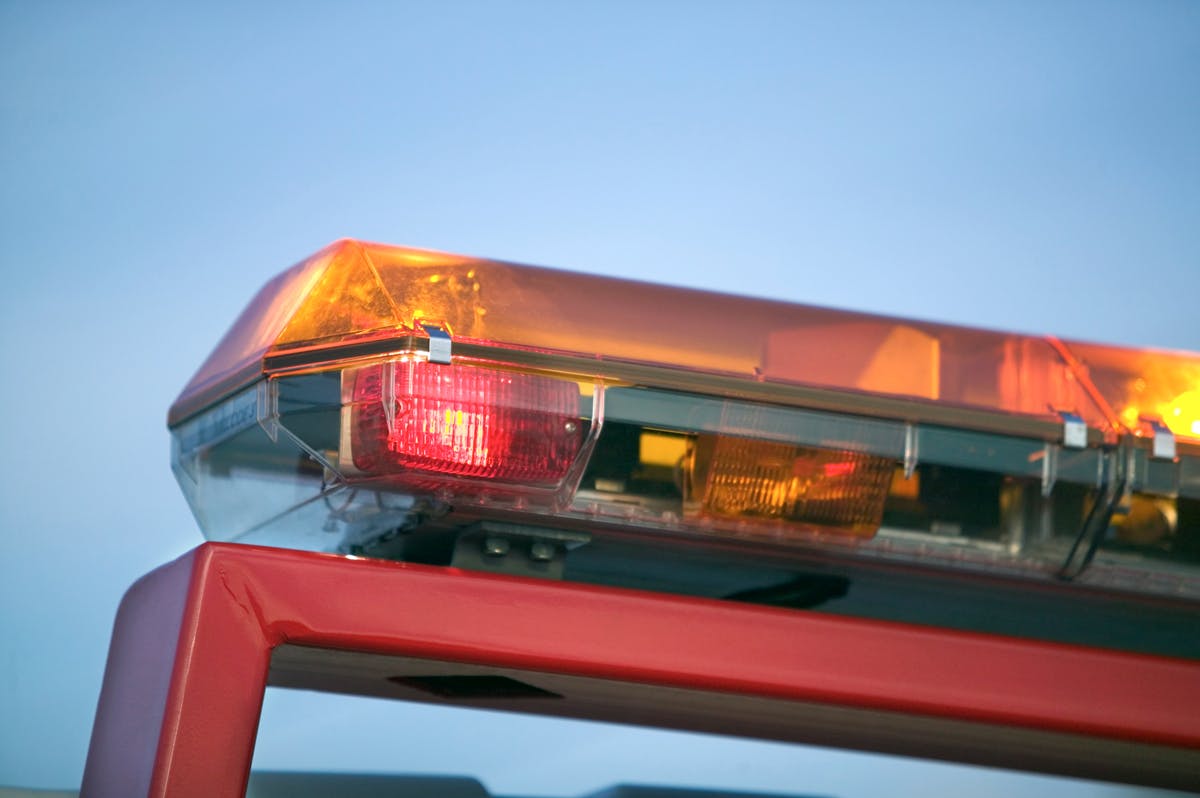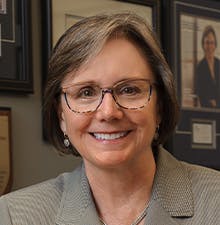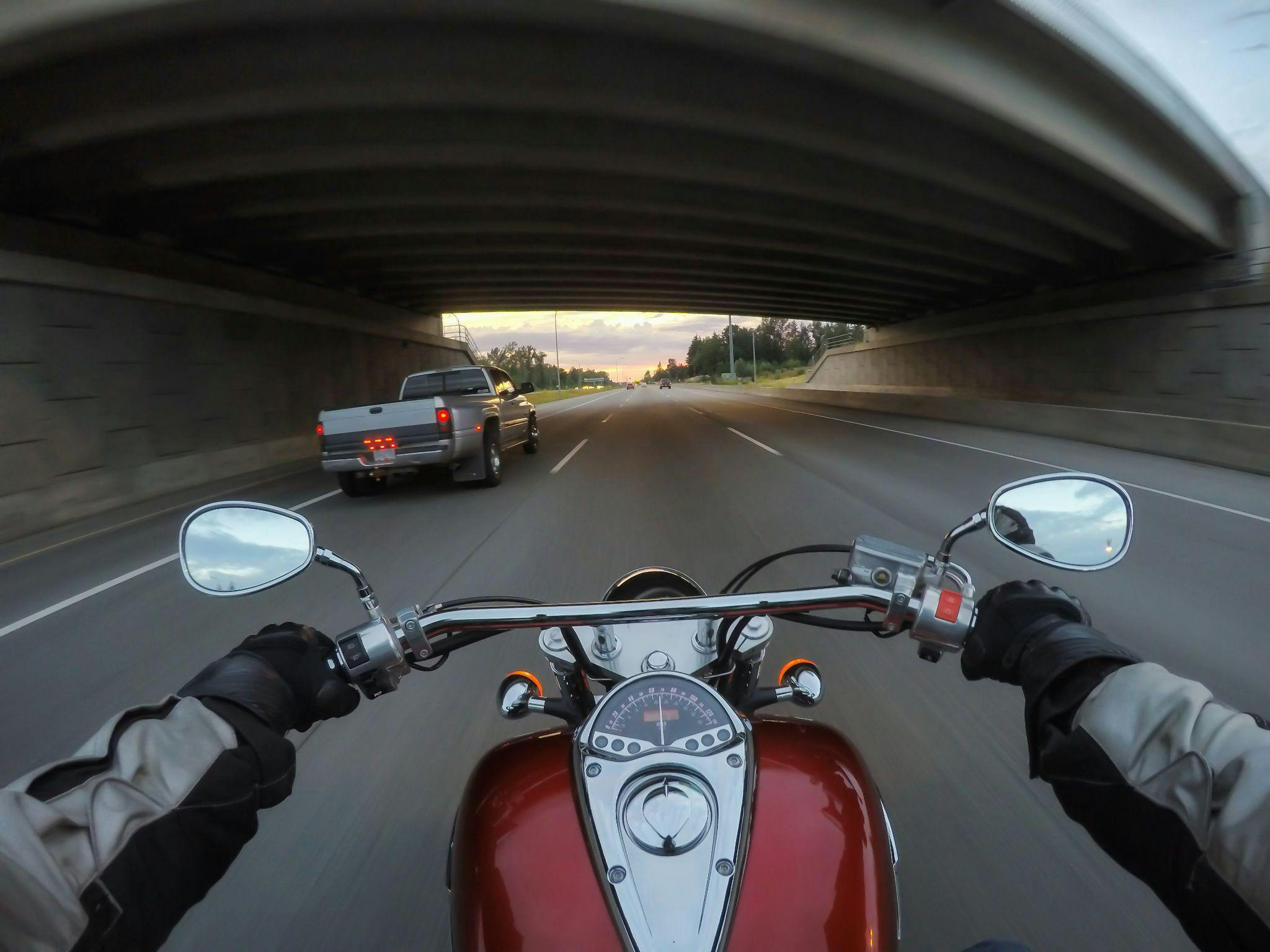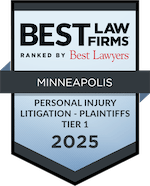Did the pandemic play a role in blockbuster Crow Wing County verdict?

There’s speculation that juries are evaluating damages differently after the Covid-19 pandemic.
Free Consultation. No Fees Until You Collect. Call 24 Hours a Day 1-800-4-RIGHTS
Susan M. Holden - SiebenCarey “Know Your Rights” Attorney January 15, 2022

There’s speculation that juries are evaluating damages differently after the Covid-19 pandemic.
Is there a direct correlation between post-COVID jury attitudes and large plaintiff wins? Susan M. Holden, a partner at SiebenCarey Personal Injury Law in Minneapolis, thinks there is. Holden, who has spent her career representing clients in various complex personal injury cases, tried a case in July 2022 and won one of the largest verdicts ever recorded in Crow Wing County.
“Our case demonstrates an example of a jury being very willing to award substantial pain and suffering damages,” she said. “This jury awarded my client, Joshua Backstrom, $750,000 for pain and suffering, which is a lot.” With past and future medical expenses and wage loss, the total verdict topped $1.2 million. Holden reported that the insurance company for the defendant (at-fault driver) made no offer to settle leading up to the trial.
Conventional wisdom suggests that before the pandemic, juries were more likely to award tangible losses for out-of-pocket expenses, such as past and future medical costs, or loss of wages and earning ability. However, putting a dollar amount on intangible losses like pain and suffering has been more difficult because there’s no obvious way to measure the emotional distress that goes along with a debilitating injury.
Holden believes the increase in plaintiff-friendly verdicts stems from a pandemic-era shift in juror sensibilities. “During the pandemic, people had to stay home and give up doing things they enjoyed, like family activities, attending events or traveling. And they felt a loss during that time frame as a result,” she said. “Jurors now have a way to relate to injured plaintiffs who can’t do the things they love. They understand the value of that loss because they’ve had to experience some of it themselves.”
Aside from the award amount, Holden’s trial strategy and considerable courtroom experience played a significant role in proving the at-fault driver was 100% negligent and was not telling the truth about what happened on that wintry northern Minnesota night. The liability defense may have also contributed to the significant damages awarded.

This collision occurred in December 2016, when Backstrom was parked on the shoulder of an icy county road, helping pull another vehicle from the ditch, when the at-fault driver lost control of his pickup. After careening off Backstrom’s parked truck, the other driver’s vehicle entered the ditch and struck Backstrom and two others. Backstrom was pinned between the truck and the vehicle in the ditch and suffered severe injuries to one of his legs.
“The collision resulted in a terrible fracture to Backstrom’s knee, and a large open tissue wound in his calf that still wasn’t fully healed at the time of the trial,” Holden explained. “He had multiple plastic reconstructive surgeries, but because of the type of crush wound he had, it kept scarring and breaking open.”
The at-fault driver claimed that there were no lights activated on Backstrom’s vehicle, and he couldn’t see it until he was 30 feet away when he recognized there was a vehicle in his lane. “The driver’s insurer apparently thought they were going to win on liability.”
Holden, a Backus native who grew up in the Brainerd Lakes area, set out to prove the at-fault driver was not telling the truth about three critical elements of the case.
For starters, everyone at the scene of the collision could attest to where Backstrom’s vehicle was positioned and that Backstrom had his lights activated. “Josh was such a great witness and very precise about what he did when parking his vehicle and what lights he had turned on,” Holden said. “He even left the rear hatch open so that the dome light remained on in addition to the flashing lights on the vehicle exterior.”
Second, as Backstrom was pulling his chain out to hook it to his trailer hitch, another eastbound vehicle came upon them, slowed down, changed lanes, and drove by without incident. Then another couple came upon the scene after the collision and stopped to help. “Both of those drivers safely avoided Backstrom’s parked vehicle at the scene. So, the jury had very objective, independent witnesses to decide there was no negligence or fault on Josh Backstrom,” Holden added.
Finally, the accident reconstructionist proved two key facts. He measured the site distances as the at-fault driver approached the scene and determined that the driver would have had almost 10 seconds to observe the Backstrom vehicle with all its flashing lights before the driver struck the vehicle.
The reconstructionist also preserved taillight filament evidence from Backstrom’s vehicle. The taillight filaments on the side of the car, which was struck by the other driver, showed hot shock distortion. Hot shock distortion occurs when a hot filament in a taillight or flasher distorts and bends due to the forces of an impact.
“That was perfectly objective evidence that proved the lights were on,” Holden said.
Another factor that Holden believes persuaded the jury in Backstrom’s favor was when the defense’s accident reconstruction expert testified at trial that he believed the lights on the Backstrom vehicle were on at the time of the impact.
Even with all the evidence presented, the at-fault driver was willing to testify under oath to a fabricated version of what happened. Not only did he claim that the lights weren’t on, but he also made up a story that he saw one of the people from the Backstrom vehicle turn the lights on after the collision. The jury did not view that testimony favorably.
Holden knows that winning personal injury cases requires meticulous attention to detail to uncover the truth. And if you want to persuade a jury, “You cannot lie about the facts,” she added.








Also awarded in:
2026, 2025, 2024, 2023, 2022, 2021, 2020, 2019, 2018, 2017, 2016, 2015, 2014, 2013, 2012, 2011, 2010, 2009, 2008.
5 of our attorneys have been recognized as Attorneys of the Year

Also awarded in:
2025, 2024, 2023, 2022, 2021, 2020, 2019, 2018, 2017, 2016, 2015, 2014, 2013, 2012, 2011, 2010

Also awarded in:
2025, 2024, 2023, 2022, 2021, 2020, 2019, 2018, 2017, 2016, 2015, 2014, 2013, 2012, 2011, 2010, 2009, 2008
7 Certified Civil Trial Law Specialists, Minnesota Bar Association
3 Board Certified Trial Advocates, National Board of Trial Advocacy.
Get the latest insights on health, safety, and legal rights for your family.

We are interested in hearing about your experience with SiebenCarey Personal Injury Law.

Would you mind leaving a review? If so, please take a moment to tell us about your experience and also mention the attorney you worked with. Your feedback helps us to improve our services to you and all clients.
Was your experience not ideal?
Contact Us Directly
We strive to provide top quality legal and customer service. We're sorry that we didn't meet our own expectations for you.
How can we do better?
Subscribe to receive valuable monthly emails regarding health, safety, and your legal rights.
